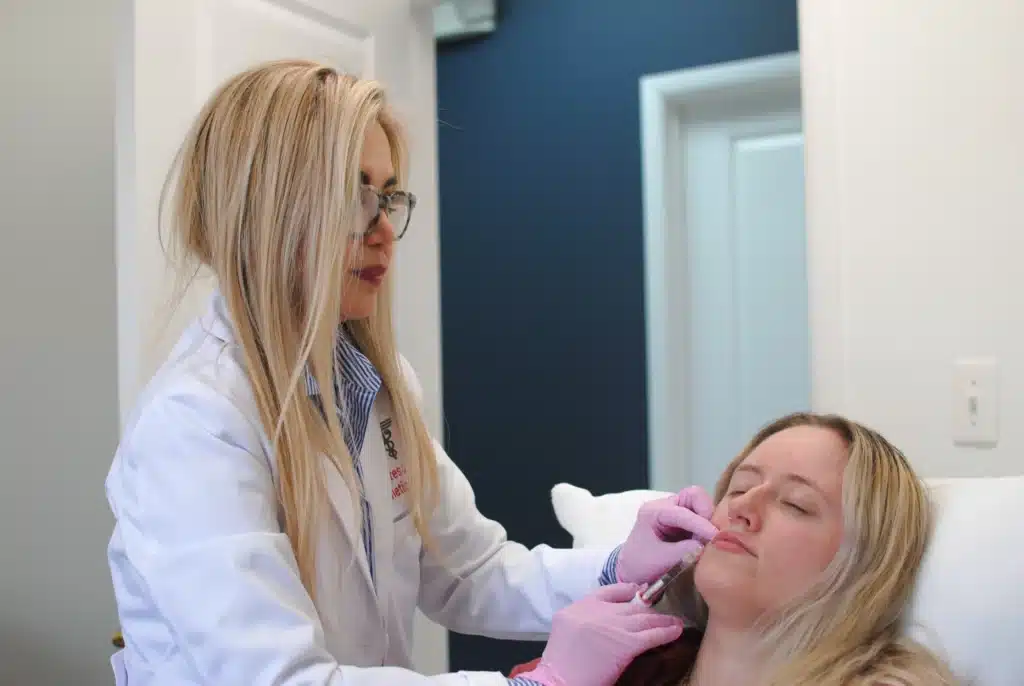Lip Filler Goals For Different Ages!

With increasing age comes decreasing lip volume and blurred lip borders. The outer corners of the lips can start to droop and vertical lines can occur as well. This is also common among those who are smokers. A decrease in the collage production, sun damage, and years of repetitive movements from talking, smiling, using straws, […]
Achieving & Maintaining A Healthy Weight

Dr. Salcedo who is currently in her late 50’s is sharing her top weight loss tips! Lets dive into how you can shed those pounds and keep them off. 1. Counting Calories? Try Tracking Sugar Intake Instead We have to pay attention to the sugar content of what we consume as it has an effect […]
Why Sculptra Stands Out?

Poly-L-Lactic Acid (PLLA) is a biosynthetic material that has been used safely for decades in the form of absorbable sutures. Its current form has been on the market for over 15 years and has successfully displayed safety and efficacy for correction of the nasolabial folds, also known as smile lines, as well as having effect […]
Q & A Session!

We receive questions from our followers on Instagram & below is a few key questions and answers you may have as well! 1. Can you explain the difference between botox and fillers? Dermal fillers, also known as injectables, soft tissue fillers, lip and facial fillers or wrinkle fillers, are medical products approved by the FDA […]
